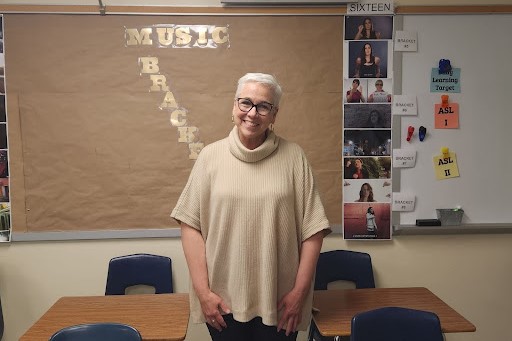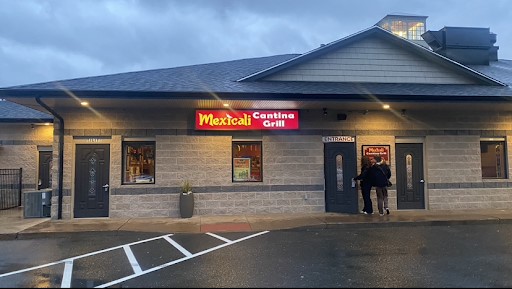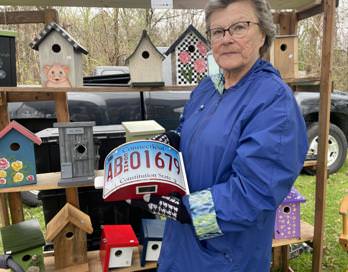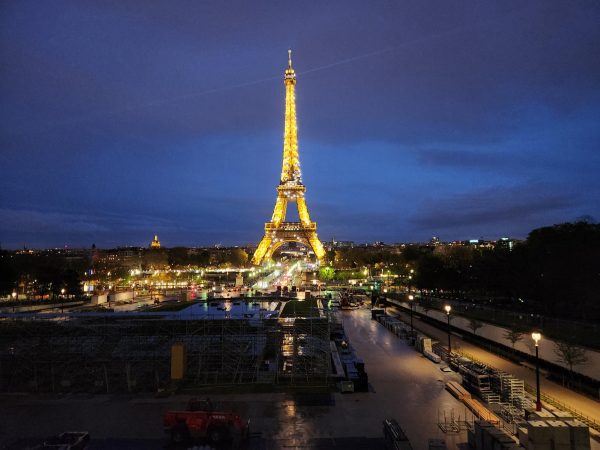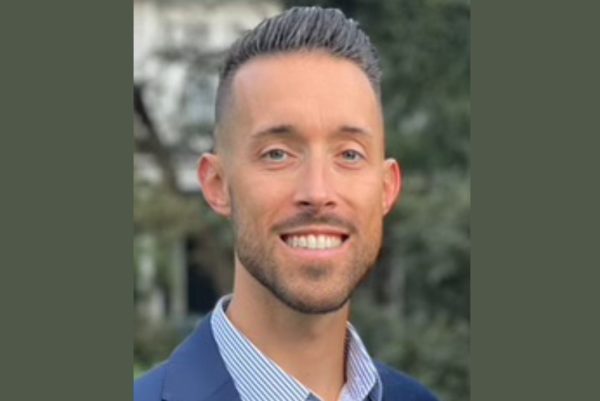U.S. Coronavirus Death Totals Reach a Grim Milestone of 100,000
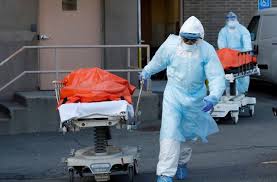
May 29, 2020
On Tuesday, the United States officially recorded that the official death total during the pandemic had reached 100,000, a grim milestone. Many speculate that the milestone had already been passed as back as a few weeks ago, but Tuesday marked the official day that the milestone had been in fact reached.
Even with the vast efforts of social distancing, total cases in the country are now over 1.7 million, with worldwide cases around 5.8 million, and rising, according to John Hopkins University. All of this comes after we saw multiple top White House officials, including President Donald Trump, tell the American people that the virus was of no threat, and ‘would go away like a miracle’.
While the news is mostly depressing, there have been some positive signs in the past few weeks of ‘flattening the curve’, as many experts have said is the key to combating Covid-19.
According to the New York Times, active cases have started to decrease, while the testing capacity has also increased.
High population areas like New York City, which used to be Covid-19 hotspot, have finally begun to report positive news as both daily death totals and new active cases have consistently declined in the past two weeks.
While there has been good news for a change, not all is positive. As of last Friday, states are still seeing new cases rise according to the New York Times. Many of these states have not been as strict as other states in terms of what citizens can do in public. Alabama, Arkansas, California and North Carolina, all reported this week they had some of the highest numbers of hospitalizations and reported deaths since the crisis began.
“We’re seeing a decline; undoubtedly, that is something good to see,” Jeffrey Shaman, an epidemiologist at Columbia University, said. “But what we are also seeing is a lot of places right on the edge of controlling the disease.”
Lead medical expert for the Covid-19 pandemic, Dr. Anthony Fauci, has consistently expressed the fear of a resurgence of new cases during the fall and winter. This was the case during the Spanish Flu Pandemic, where the majority of deaths and hospitalizations occurred in Winter.
“I’m almost certain it will come back. The virus is so transmissible and it’s globally spread,” Fauci said, noting that as cases in the U.S. stabilize, parts of the world like southern Africa are seeing an increase in cases.
“In my mind, it’s inevitable that we will have a return of the virus or maybe it never went away,” he added.
President Trump has taken a very different response to the pandemic in the last few weeks. Photos and videos earlier in the week showed the president golfing without a mask in one of his private country clubs. He also has consistently been tweeting about the country needing to reopen in order to support the economy.
“But we have to get our country open again,” Trump told reporters. “People want to go back, and you’re going to have a problem if you don’t do it.”
As of now, there are two clear sides as to what top officials and experts believe is the country’s next step. One side argues that the fight is far from over, while the other says that the war is already won, and it is time to move on.
The data is clear of what happens when people do not protect themselves from the virus. There are clusters all across the country of hundreds of people catching the virus because the proper precautions were not taken.
What is not clear, is what happens when part of the country follows the set guidelines of what is needed for a safe reopening, and the other part doesn’t follow the rules.
Most medical experts argue that if we don’t follow standard procedures, a resurgence of cases is ‘inevitable’.
“Doing so will result in many, many more deaths, with those deaths, of course, concentrated among less affluent Americans,” said Jacob S. Hacker, the director of the Institution for Social and Policy Studies at Yale University, “And not just more deaths, but also a rationale for denying additional unemployment benefits and other vital assistance to those on the lower rungs of the economic ladder.”



